When you get to the back part of the alphabet, it’s hard to decide which terms to feature! There are so many to choose from… here are some that might help you in your quest to learn all about antennas.
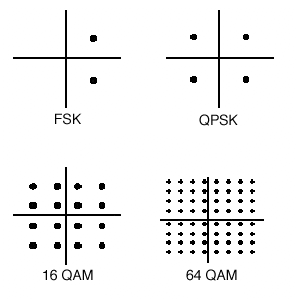
QAM is a technology used by cable boxes, not by antennas. It’s a way to get more stuff into a smaller frequency range. It’s also practically impossible for regular folks to understand completely. When setting up your antenna you generally have a choice of scanning for channels using “Air” or “Cable.” What they really mean is “ATSC” or “QAM.”
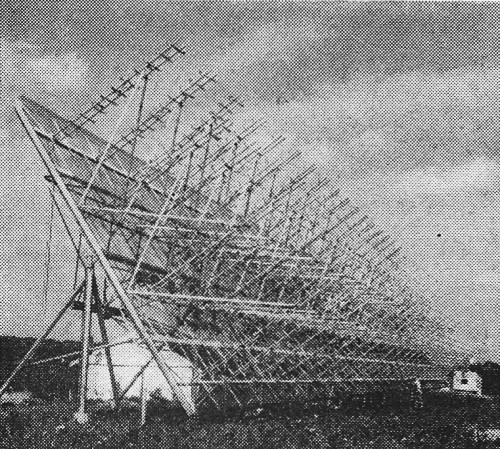
All TV transmissions use radio waves. Wi-Fi, cell phones, RF remotes, Bluetooth, all of it uses radio waves. They’re more important than you thought. Radio waves are part of what we call “the electromagnetic spectrum” that includes X-Rays, visible light, and pretty much anything else that travels invisibly through long distances.
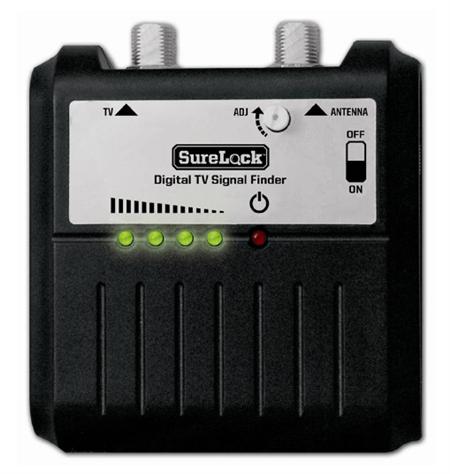
A simple signal finder like the one shown here can help you aim your antenna easily and quickly, especially if you don’t have access to a site like Antennaweb that can give you compass headings.
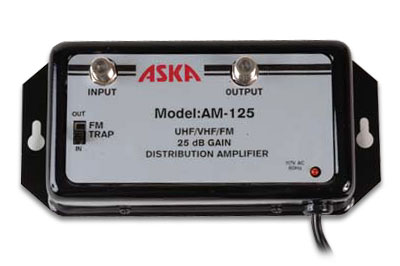
A trap is sort of an “anti-amplifier.” It reduces signal strength so that the TV or amplifier isn’t overloaded. A trap would be used to keep very close signals from overpowering more distant ones. Traps can work on the entire radio spectrum or can affect only a small range of frequencies.
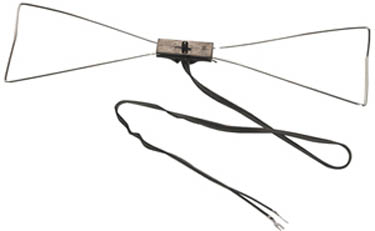
UHF refers to the frequencies from roughly 470-608MHz. The term means “Ultra High Frequency.” Of course today we routinely broadcast on frequencies higher than this on our phones, but the name stuck. Back in the 20th century, UHF channels were less important and it was rare to find network programming on UHF channels. Since TV went digital, almost all programming has moved to UHF. (You can’t tell because the channel numbers on your TV haven’t changed.) Many antennas ONLY pick up UHF signals even though there are still quite a few channels that still broadcast on VHF.
If you’re interested in TV antennas, you’ll want to call the experts at Solid Signal! We have all the best brands at the best prices. Our team of antenna techs is ready to take your calls at 888-233-7563 during East Coast business hours. If it’s after hours, no problem! Fill out the form below. We’ll get back to you quickly!
The post The ABC’s of Antennas, part 4 appeared first on The Solid Signal Blog.
Continue reading...

QAM
QAM is a technology used by cable boxes, not by antennas. It’s a way to get more stuff into a smaller frequency range. It’s also practically impossible for regular folks to understand completely. When setting up your antenna you generally have a choice of scanning for channels using “Air” or “Cable.” What they really mean is “ATSC” or “QAM.”

RADIO WAVES
All TV transmissions use radio waves. Wi-Fi, cell phones, RF remotes, Bluetooth, all of it uses radio waves. They’re more important than you thought. Radio waves are part of what we call “the electromagnetic spectrum” that includes X-Rays, visible light, and pretty much anything else that travels invisibly through long distances.

SIGNAL FINDER
A simple signal finder like the one shown here can help you aim your antenna easily and quickly, especially if you don’t have access to a site like Antennaweb that can give you compass headings.

TRAP
A trap is sort of an “anti-amplifier.” It reduces signal strength so that the TV or amplifier isn’t overloaded. A trap would be used to keep very close signals from overpowering more distant ones. Traps can work on the entire radio spectrum or can affect only a small range of frequencies.

UHF
UHF refers to the frequencies from roughly 470-608MHz. The term means “Ultra High Frequency.” Of course today we routinely broadcast on frequencies higher than this on our phones, but the name stuck. Back in the 20th century, UHF channels were less important and it was rare to find network programming on UHF channels. Since TV went digital, almost all programming has moved to UHF. (You can’t tell because the channel numbers on your TV haven’t changed.) Many antennas ONLY pick up UHF signals even though there are still quite a few channels that still broadcast on VHF.
Want to know more?
If you’re interested in TV antennas, you’ll want to call the experts at Solid Signal! We have all the best brands at the best prices. Our team of antenna techs is ready to take your calls at 888-233-7563 during East Coast business hours. If it’s after hours, no problem! Fill out the form below. We’ll get back to you quickly!
The post The ABC’s of Antennas, part 4 appeared first on The Solid Signal Blog.
Continue reading...

